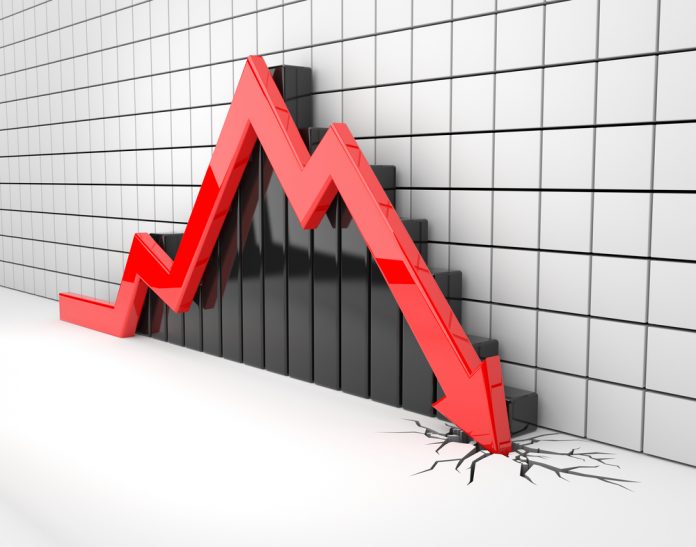All indicators are expected to deteriorate sharply in 2020 due to the health crisis and government measures, before recovering in 2021.
Worse than last June, the new macroeconomic forecast for Morocco predicts a sharper economic recession in 2020 because of the health crisis. The country’s economy is expected to contract by 6.3 percent, not 5.2 percent as announced by the Moroccan central bank, due to a “slower-than-expected recovery” from the pandemic. These forecasts are subject to change because the situation is still uncertain.
A Slower Recovery of Economic Activity
There are three reasons for these forecasts: the slower than expected recovery of economic activity, but also localized restrictions decided by the authorities and the maintenance of closed borders. But while last year Morocco recorded a growth rate of 1.5 percent due to poor rainfall, this year no improvement is in sight. The agricultural sector is expected to decline by 5.3 percent, as the country continues to suffer from an exceptional drought. Agriculture is the largest contributor to GDP, ahead of tourism and industry.
Non-agricultural sectors are expected to decline by 6.3 percent, partly due to the “almost total closure of borders for travelers”, with tourism among the most affected sectors, according to Bank Al-Maghrib (BAM).
For 2021, the BAM hopes to see GDP rebound and forecasts growth of 4.7%, compared to 4.2% in June but stresses that the outlook “remains surrounded by an exceptionally high level of uncertainty related in particular to the evolution of the pandemic” of Covid-19. To finance the worsening budget deficit, the Treasury will, among other things, proceed with an exit on the international financial market in the coming days and the second one in 2021.
This year’s exit will be in euros and will be taken into account in the bank’s reserves. For the governor of the Moroccan central bank, Abdellatif Jouahri, there is no doubt that, “if the authorities are led to take these measures, it is because people are not disciplined. The majority of cases of contamination are contact cases, and this shows that there is always someone who does not respect the precautionary measures and promotes contamination.
At every opportunity, Aid, Ashoura, there is an economically harmful loosening”. He added: “I put myself in the government’s shoes: choosing between the death of the economy and death because of Covid, the choice is not easy at all. »
Second most affected country on the continent
In an attempt to contain the spread of the new coronavirus, the authorities have in recent days increased restrictive measures in several cities, including a curfew in Casablanca, the country’s economic capital. Indeed, in just a few weeks, the Cherifian kingdom has accumulated cases of contamination since the release of a generalized containment of nearly three months.
Morocco has just surpassed Egypt, Ethiopia and Nigeria in terms of cases of covid-19, countries with three times the population of the kingdom. As a result, it has become the second most affected country on the continent after South Africa.
This pandemic situation is putting Moroccan officials to the test. The country’s borders were closed in mid-March with the declaration of a state of health emergency. Also, revenues from the tourism sector, one of the pillars of the Moroccan economy, have almost halved (- 44.1%) over the first seven months of the year, according to the Directorate of Studies and Financial Forecasts (DEPF) cited by the official agency MAP.
The unemployment rate rose from 8.1 to 12.3 percent in the second quarter and the labor force participation rate fell from 45.8 to 44.8 percent, according to official statistics published by the High Commission for Planning (HCP).
With the global slowdown in the automotive industry, exports could fall by 16.6% in 2020, according to BAM forecasts, before rising by 22.4% in 2021 thanks to a recovery in the automotive sector.
Under these conditions, the central bank expects the current account deficit to widen to 6 percent of GDP in 2020, instead of the 10.3 percent projected in June, and to return to 5.2 percent of GDP in 2021.
Source: Lepoint































